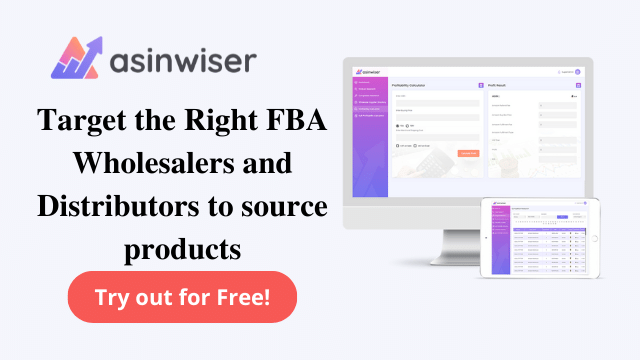
In Detail: Amazon Vendor Chargeback Reasons and Types
In Detail: Amazon Vendor Chargeback Reasons and Types
Receiving a chargeback and seeing deductions from one’s payment is a source of stress for any Vendor Central (VC) supplier. However, like publishing and marketing, an item on Amazon generally consumes a lot of time, effort, and energy. Therefore, it is highly critical to avoid or limit chargebacks. takes so much time and work, it’s critical to limit or avoid chargebacks.
In this article, we have discussed the chargeback reasons and their common types. Lets’s start.
Reason behind Chargebacks
A chargeback might happen for a variety of reasons. To avoid this, make sure you understand them so you know what to look out for.
●Shipping After the Ship Window: If a supplier ship after the shipping window, a chargeback of up to 10% of the product’s cost will be applied.
●No Order Cancellation: If an order is not delivered within the delivery period and was not previously back-ordered. Then, Amazon will cancel the order and chargeback the supplier for non-delivery compliance.
●No Routing Request: Suppliers are required to create routing requests in advance for collect orders where Amazon pays the freight price. Moreover, a chargeback will be generated if they fail to produce the routing request. Or also if the collection date falls beyond the shipping window.
Common Types of Amazon Vendor Chargebacks
Following is the list of 3 types of Amazon Vendor Chargebacks. Let’s Check:
1. Chargebacks from Advanced Shipment Notification (ASN)
Vendors using Amazon’s Fulfillment-by-Amazon (FBA) service must return the Advanced Shipment Notification (ASN) to Amazon. Moreover, it would be done after the order has been received. In addition, the most important aspect of delivering the Advanced Shipment Notification (ASN) is to follow the Amazon protocol and complete the procedure within the period.
Furthermore, failure to follow the ASN protocol would result in a penalty or chargeback. Also, a chargeback is initiated when there is a discrepancy or error in the shipping information.
2. Chargeback for Routing Requests
When suppliers or vendors receive orders from Amazon, they are required to create a routing request. Furthermore, such crucial information must be encoded precisely and supplied within the shipping window. It would further allow Amazon to determine where the products should be shipped. Moreover, Failure to comply with this condition may result in chargebacks.
3. Delivery Chargeback
Products must be returned to Amazon within the specified time frame. It happens in cases when orders are not delivered on time. On the other hand, Amazon would not only cancel your order but will also charge you for any errors.
Furthermore, when you use Vendor Central incorrectly, it is substantially more expensive. Also, it is critical that you begin recognizing all Amazon Vendor Central chargebacks as soon as you obtain the invitation. Moreover, by comprehending these chargebacks, you will be able to determine what solution your vendor central requires to prevent future failures.
In addition, you may easily make some advancements on your API and EDI to send out shipment information on time with the right ERP system and proper integration of your Amazon Vendor Central.
We hope this article helped you to understand Amazon Vendor Chargebacks in a better way. Good Luck!
If you are an online Amazon seller, then you must have an intelligent tool that will guide your business towards success by targeting the brand story, right keyword, products research, analyzing competitors, fba calculator, fba fee calculator and so much more. Get your ticket to success today!
- Tags: amazon vendor centralEDI
Share this:
Subscribe to Our Newsletter
Recent Post
- Top 13 Amazon Inventory Management Tools for FBA Sellers in 2023
- Asinwiser: The Ultimate OMSGuru Alternative for Amazon Sellers
- Repricer.com Alternative: Why Asinwiser is the Superior Choice for Amazon Sellers
- Aura Alternative: Why Asinwiser is the Superior Choice for Amazon Repricing
- Maximize Amazon Sales with Asinwiser: The Superior Amazon Repricer & Revenue Analytics Tool
